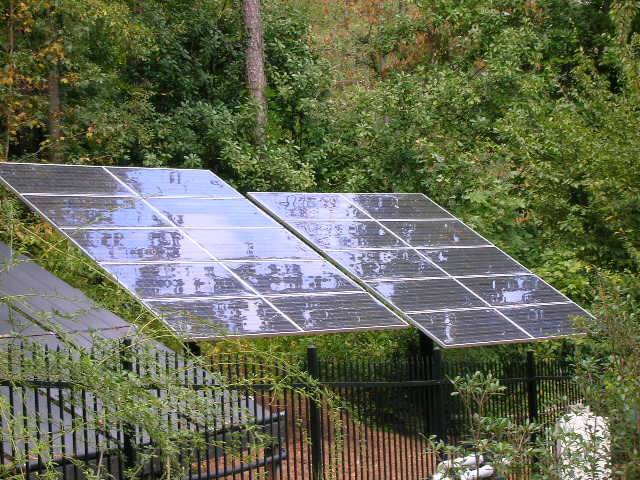Like any new adventure, starting a solar PV design and installation company seems simple at first and then as you learn more about it, the more complicated it gets. If you are already a construction contractor, it is a lot easier to see where you are going; if not, it can be a difficult undertaking.
The first major obstacle to overcome is knowledge about the solar PV industry. Most people start by browsing the internet. There is an almost endless abundance of material to be found when you start your search. As with all internet searches, some of the information is good, some bad and some has nothing to do with what you really need to know.
Costs are a major consideration. The initial investments can be high. You must purchase the necessary equipment and tools to get the job done. You will learn which tools are essential when you are taking the training classes. The basic tools can start as low as $1000 and go up considerably depending on the scale of solar PV systems you plan to install.
It isn’t a bad idea to work for someone else for a while so you can learn the ropes under the supervision of someone who has already gone through this process; this is a good idea if you are not already a contractor. Even if you are a licensed contractor, it can be a good idea to sub-contract the first few installations to an experienced solar contractor. You can learn a lot from this method even if you only break even on the jobs.
I recommend finding an accredited school that offers an introductory course to PV design and installation. Some state technical colleges have solar PV included in their electrical programs but most do not. The best source of education in this field is a school that is accredited specifically for the solar PV technology through the Interstate Renewable Energy Council (IREC). If the school is not accredited, don’t waste your time with them. Taking this entry level course should provide you with enough information about the industry so you can determine if you want to continue, and in which direction you will want to go next.
Once you have completed the basic solar PV course, the next steps will be more obvious to you. If you are a contractor, you are already registered with the city or county as a contractor. If not, you can get a business license with the city or county where you plan to do business; it is a simple process and the fees are usually nominal. Once you have your business license, you can apply to one of the many distributors who sell all the solar products you will need. Not all distributors require you to have a business license to purchase from them, but the better ones do.
Most states require that you or someone within your company be licensed through the state for the type of work you will be providing to the customer. A licensed general contractor meets the requirements, but you will need to hire a licensed electrical contractor before the installation begins. If the owner of the business is not a licensed contractor, either general or electrical, they must meet the state requirements by hiring a licensed contractor. Most states require this license holder to be a permanent employee, not a subcontractor.
Now that the local and state license requirements have been met, you should consider insurance options and requirements. If you hire employees, worker’s compensation is required by law. If everyone who works in the company is a partner, it is not required. However, if you sub-contract under another contractor, they will require it even if it doesn’t cover you. Liability insurance is also a good idea and is required by most customers. The amount of liability insurance should be balanced with your actual liability if something should go wrong on one of your jobs. However, some commercial contracts will specify the minimum amount of liability insurance.
If you have gotten this far, you will want to advance your knowledge with solar PV system design. If you are a contractor, you know that there are two ways to learn advanced principles, through formal education and by making mistakes. I recommend formal education to lessen mistakes. There are two primary sources for advanced level training; they include advanced online and hands-on courses offered by IREC accredited schools and manufacturer’s training resources.
Manufacturer’s provide design and installation videos and webinars for their products alone, ignoring other products on the market. They often combine the sales aspect with the technical design during webinars and a lot of their installation videos are very educational but, limited to their own best interests.
The quickest and best way to get comprehensive advanced training of design and installation principles is by taking advanced level courses from an IREC accredited school. The benefit is they are impartial when it comes to the market products, so your education is broader which will build your confidence and abilities for when you are on your own.
Your first installation is the point where the risks jump to a high level so make it easy on yourself and first do an installation on your own property or the property of an associate. You are bound to make a few mistakes with the first few installations, so it is a good idea to keep the stress and liability as low as possible in the very beginning.
In review, first estimate the financial investment to get started, second educate yourself on the basics of solar PV design and installation, third get a local business license, fourth address the state contracting license requirements, fifth secure your insurance needs, sixth get advanced level training and experience on solar PV systems and finally acquire the necessary tools and equipment to properly perform the job.
Kelly Provence
Solairgen School of Solar Technology

